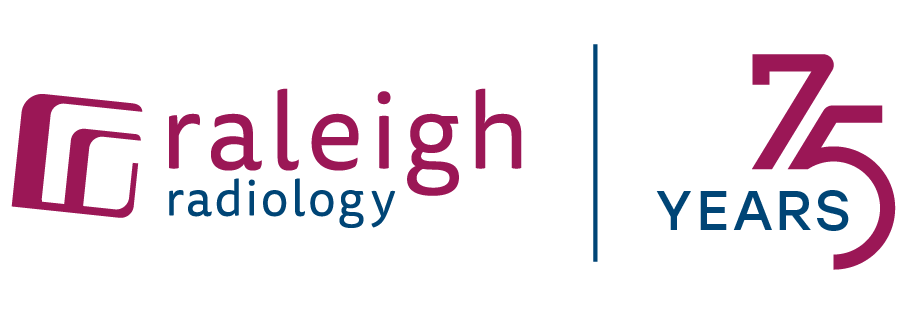Raising, reaching, lifting, playing, painting, building and fixing…we use our shoulders every day, mostly without thought, for many significant activities. Therefore, any type of shoulder pain can quickly become difficult to ignore.
Most Common Reasons for Shoulder Pain
The three most common causes of shoulder pain include an injury or tear to the rotator cuff, a condition called bursitis, and an injury to the biceps tendon.
- Rotator cuff tear or injury – The rotator cuff is made up of the four tendons and muscles that surround the shoulder joint. The upper arm bone depends on the rotator cuff to stay attached to the shoulder. Tears can be full or partial. Typical symptoms of this injury include a dull, deep ache in the shoulder, difficulty reaching up or behind, and arm weakness.
- Bursitis – Bursae are small sacs of fluid that help cushion the bones, tendons and muscles near the shoulder joint. When these sacs become inflamed, pain will occur. Symptoms include swelling, redness, warmth/tenderness around the shoulder, or feeling achy or stiff. Sometimes even fever can develop.
- Biceps tendon injury – The biceps muscle in the front of the upper arm. Symptoms of a tendon tear include warmth at the injury site, swelling, bruising, pain or ache at the injury site and throughout the arm, arm weakness, and pain when rotating the palm.
Often, these injuries can be attributed to repetitive microtrauma (frequent repetitive motion), but they can also be caused by a distinct, traumatic injury. Additionally, as people age, they become more susceptible to shoulder pain due to normal wear and tear. However, anyone, at any age or activity level, can injure a shoulder and experience shoulder pain.
Why Shoulder Pain Needs Ultrasound
When it comes to shoulder pain, diagnosis is complicated – the actual problem does not always correlate with where the patient hurts. Therefore, a physical exam is not enough, and an x-ray can only be used to see bones, not tendons.
Within the past 10 to 20 years, shoulder ultrasound has emerged as a critical method for investigating and diagnosing shoulder pain. For example, it can reveal with 100 percent sensitivity a full thickness tear of the rotator cuff, and a partial tear with 90 percent sensitivity. If you are experiencing shoulder pain, it is important to visit your primary care doctor or orthopaedic surgeon, who can order a shoulder ultrasound for a definitive diagnosis
“With shoulder ultrasound, we can look at many important structures,” explains Dr. John Bardini, a musculoskeletal radiologist with Raleigh Radiology. “The ultrasound probe can be angled wherever we need it to go, so we can evaluate each tendon at different angles and hone in on the reason for the pain. Shoulder ultrasound is alternative to shoulder imaging in patients who can’t undergo MRI . It is cost effective and can be scheduled and performed quickly.”
What to Expect During a Shoulder Ultrasound
An ultrasound of the shoulder should take approximately 10-15 minutes. Because the shoulder anatomy is complex, the accuracy of the exam is very dependent on technique. Therefore, a musculoskeletal radiologist will be present in the room, with patient and technician, to perform the exam.
“I try to make it interactive, educating the patient on what we’re doing and why we’re doing it,” explains Dr. Bardini. “At the end of the exam, I will talk with the patient about what I saw and give them a general idea of my findings, often showing them the images.”
During the ultrasound exam, the patient will wear a gown and remain seated. He or she will expose the injured shoulder and upper arm while putting the shoulder in different positions so the tendons can be revealed for imaging. Within a couple of hours, the radiologist will read the images and report final results to the referring doctor.
While shoulder anatomy is complicated, getting a shoulder ultrasound is a quick and effective tool that can help accurately diagnose a patient’s reason for shoulder pain. A quick and accurate diagnosis is the key to moving forward with a treatment and recovery plan to get patients feeling better and back to their lives.
John Bardini, MD is a musculoskeletal radiologist with Raleigh Radiology. To schedule a shoulder ultrasound, click here.
